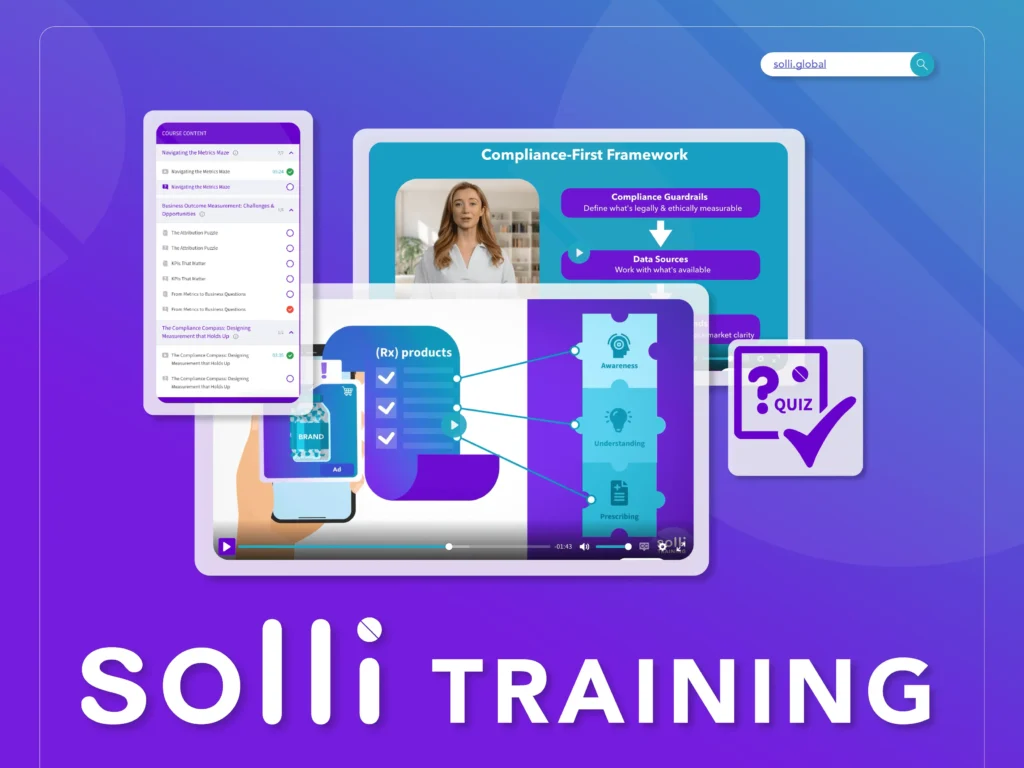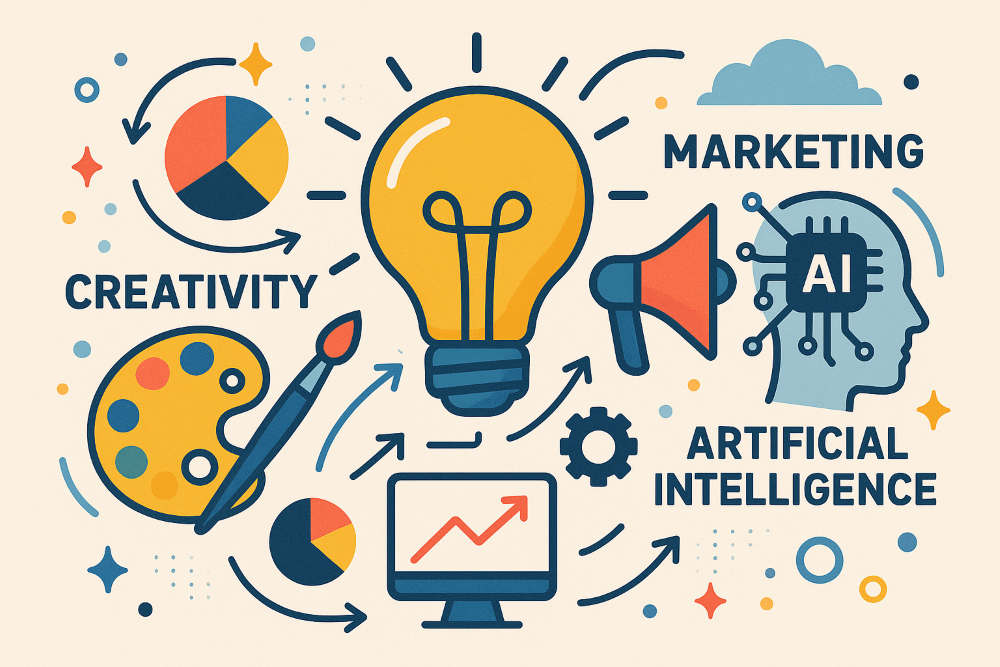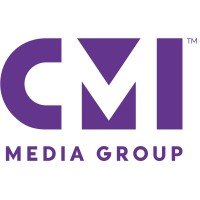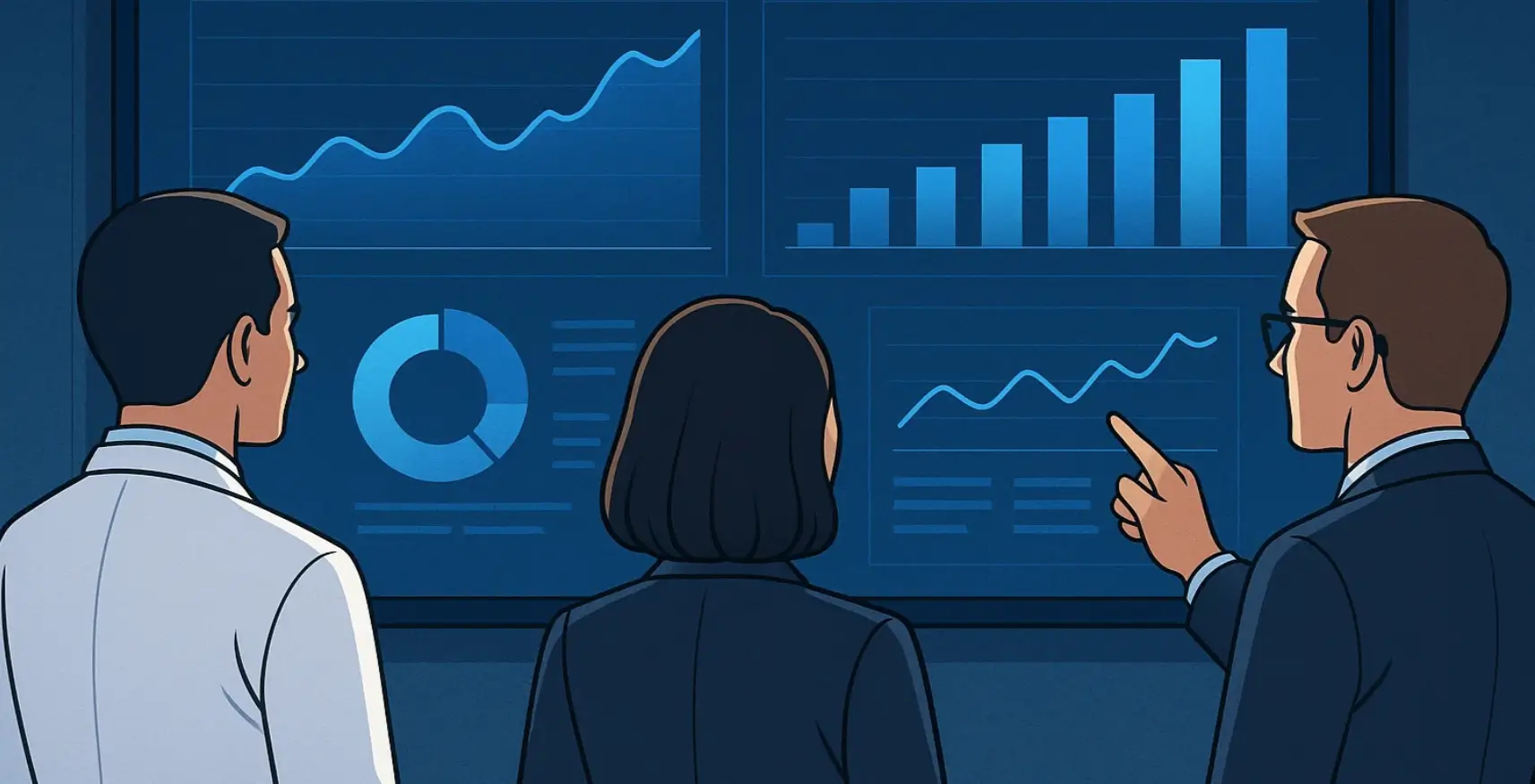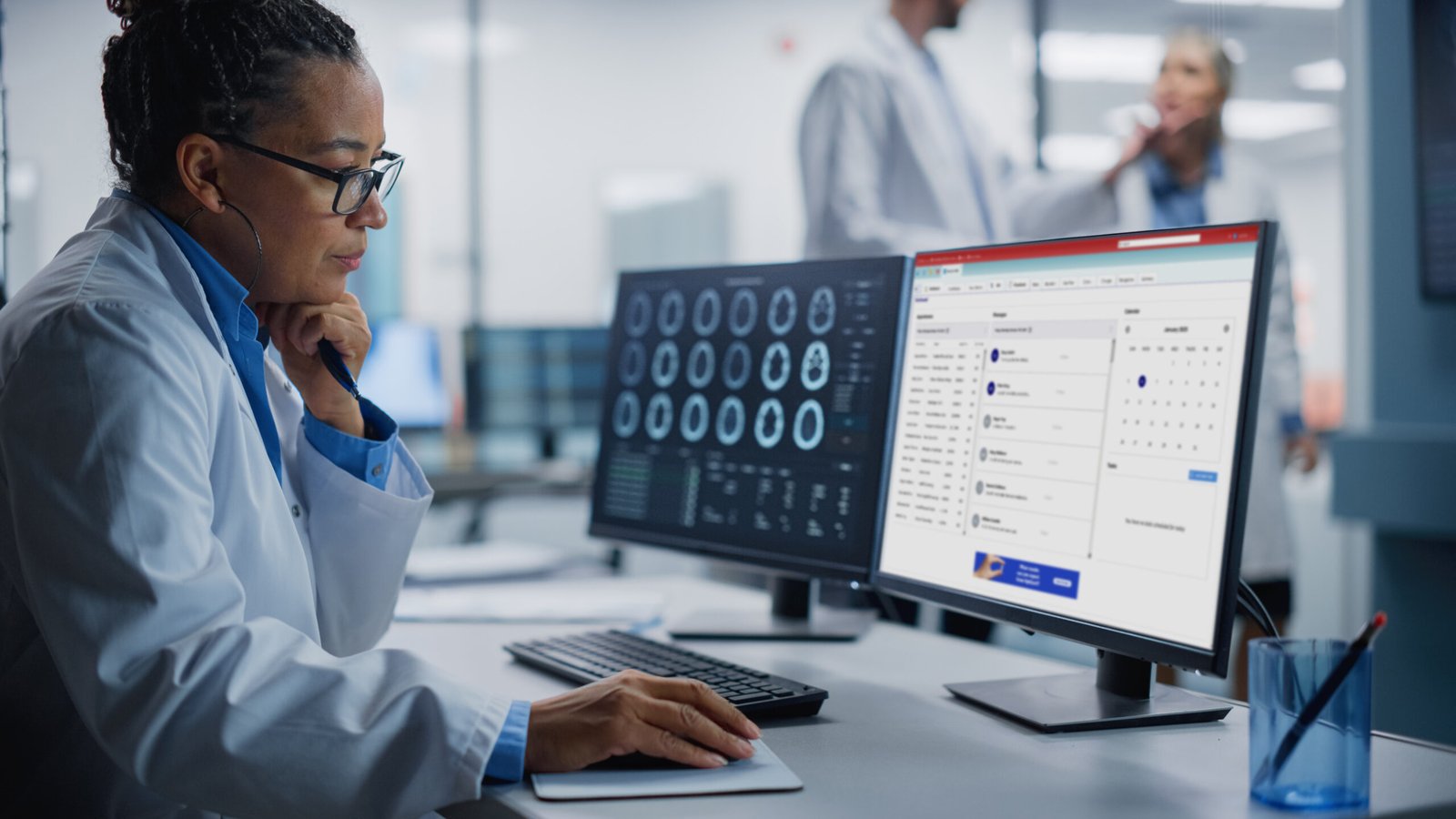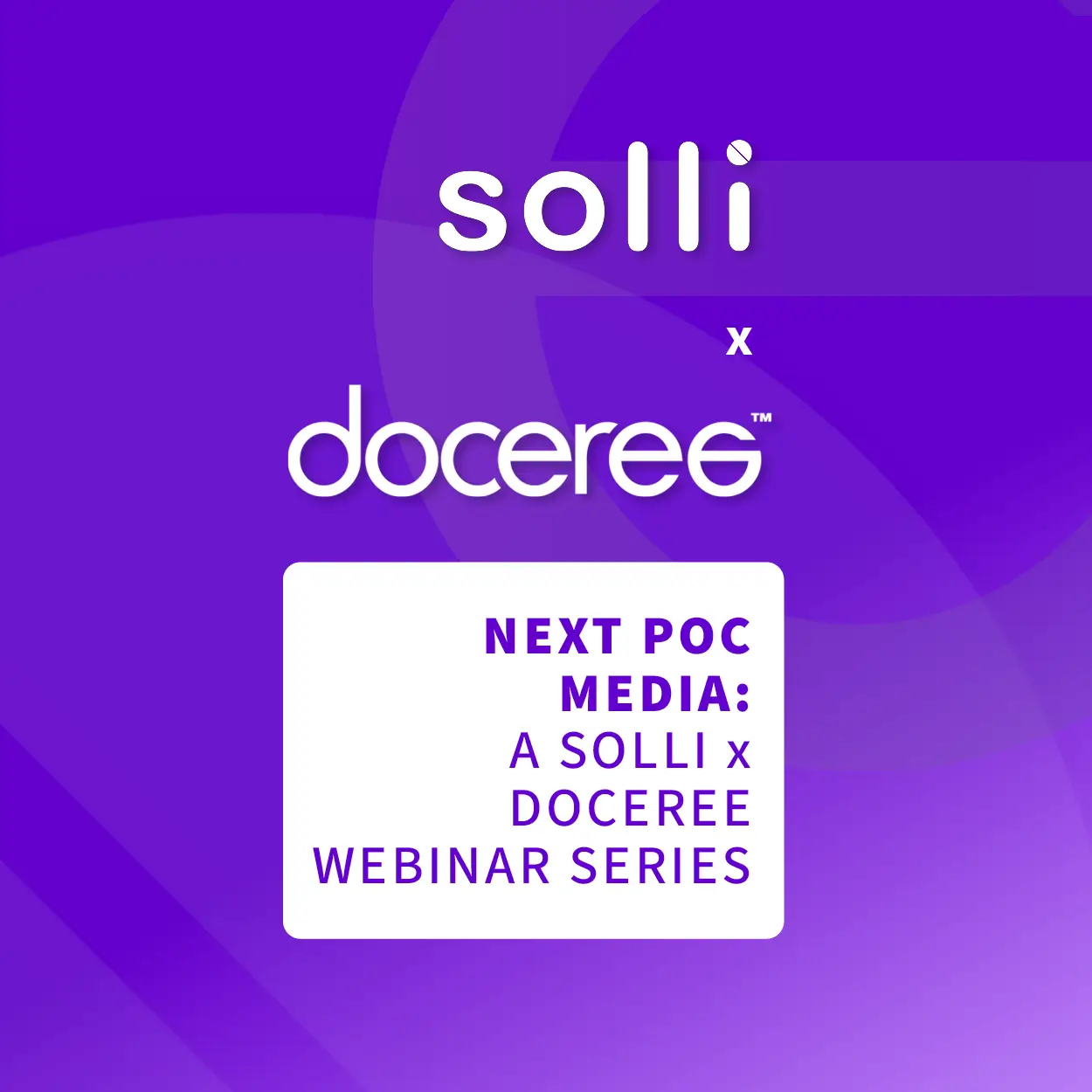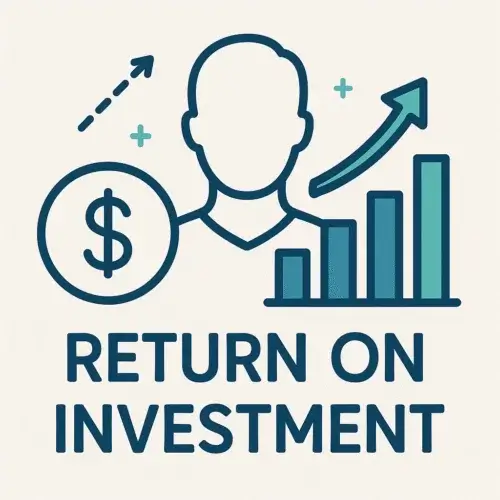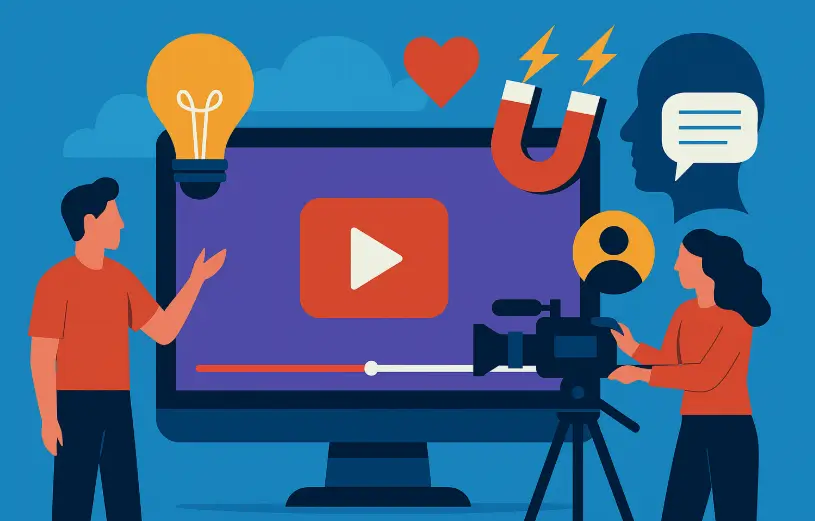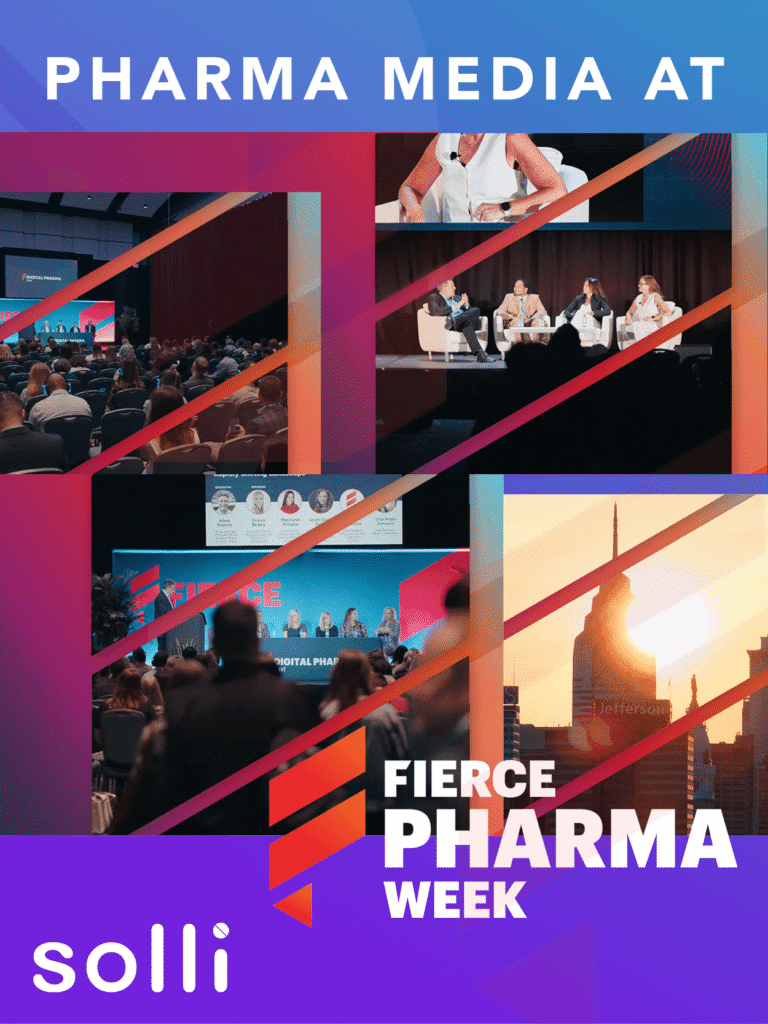Latest News from Around the Pharma Media World
Latest News from Around the Pharma Media World
Latest News from Around the Pharma Media World
Latest News from Around the Pharma Media World
Deep Dives & Thought Leadership in Pharma Media
Deep Dives & Thought Leadership in Pharma Media
Deep Dives & Thought Leadership in Pharma Media
Deep Dives & Thought Leadership in Pharma Media
Deep Dives & Thought Leadership in Pharma Media
Deep Dives & Thought Leadership in Pharma Media
Lessons from LinkedIn’s Latest Report
New data shows why real people, cultural cues, and mobile-first formats matter more than ever in health and pharma storytelling
solli
11th August 2025
LinkedIn’s latest B2B marketing report, The Art and Science of Video Storytelling, provides a detailed look at what drives video performance in today’s attention-scarce digital landscape. Based on an analysis of over 13,000 video ads, the findings confirm a major shift in what audiences respond to – and what brands should prioritize when developing content.
Key Findings at a Glance
- 36% increase in video viewership year-over-year (2024)
- 20x more shares for video posts than other content types
- 78% stronger engagement when videos feature real people and emotional storytelling
Rather than production value alone, LinkedIn identifies a core set of creative principles that consistently elevate video performance:
The Five Creative Drivers of Performance
- Cultural Coding
Videos that connect with timely events, cultural context, or audience-specific moments saw higher engagement. For pharma brands, this could include messaging tied to awareness days, seasonal health trends, or policy changes. - Human Touch
Content that features real people—such as HCPs, caregivers, or patients—outperforms scripted, polished narratives. Authenticity builds trust, especially in regulated categories. - Expert Takes
Clear, useful insights from credible voices resonate across B2B audiences. Pharma brands can apply this by spotlighting medical experts, thought leaders, or brand team specialists in short-form content. - Attention Hacking
High-performing videos lead with bold visuals and...
Sign up for full access – it’s 100% free!
Create your FREE account to continue reading and explore more expert insights on Pharma Media.
✅ Free. Fast. No commitment.

